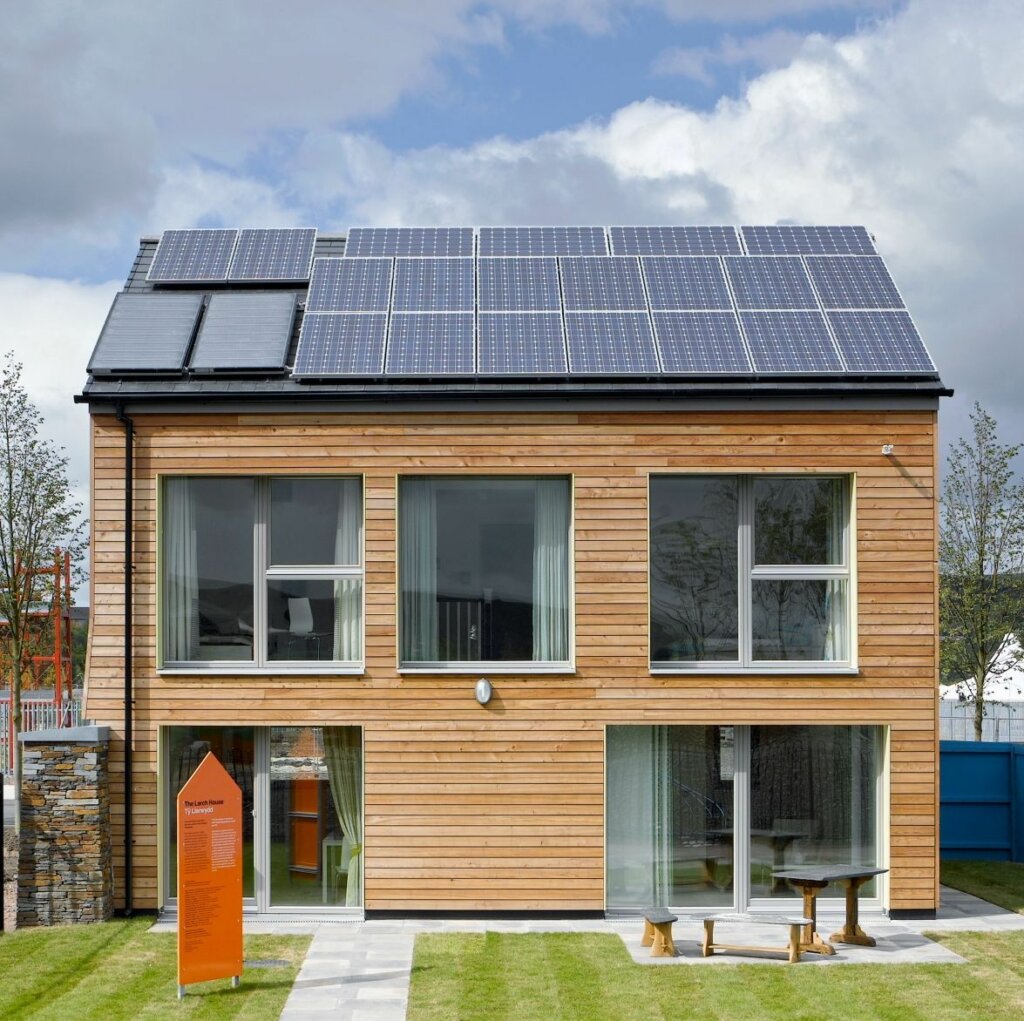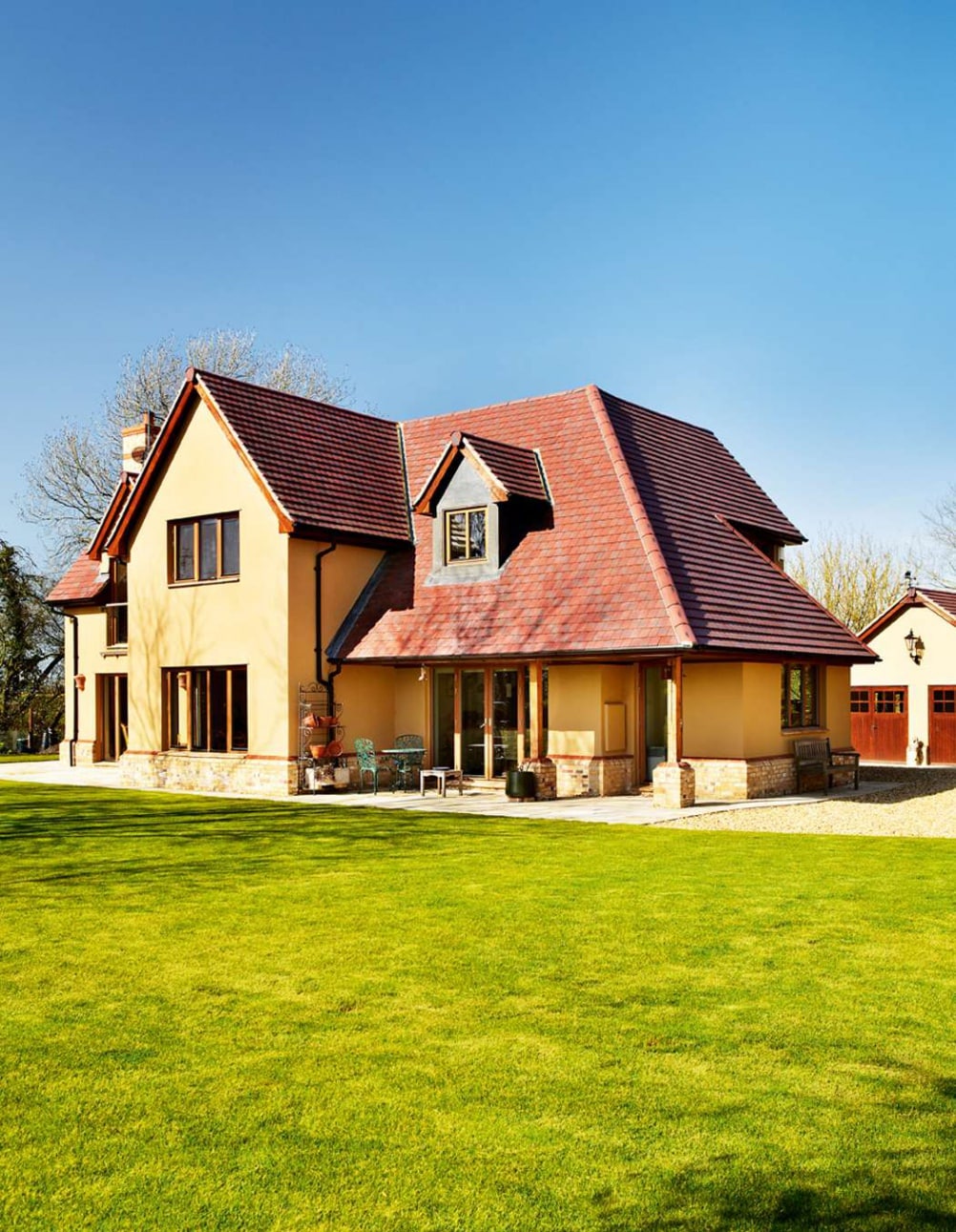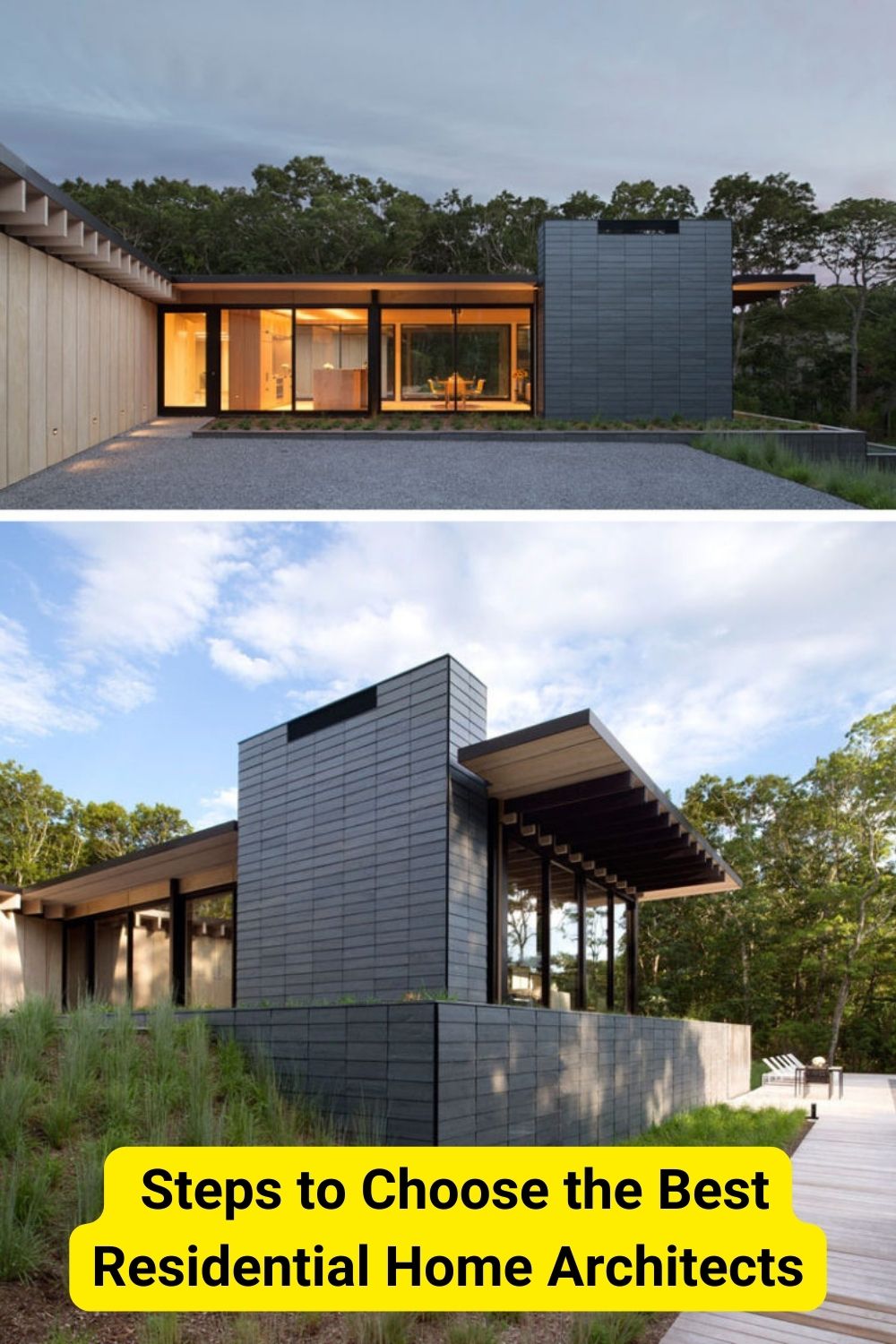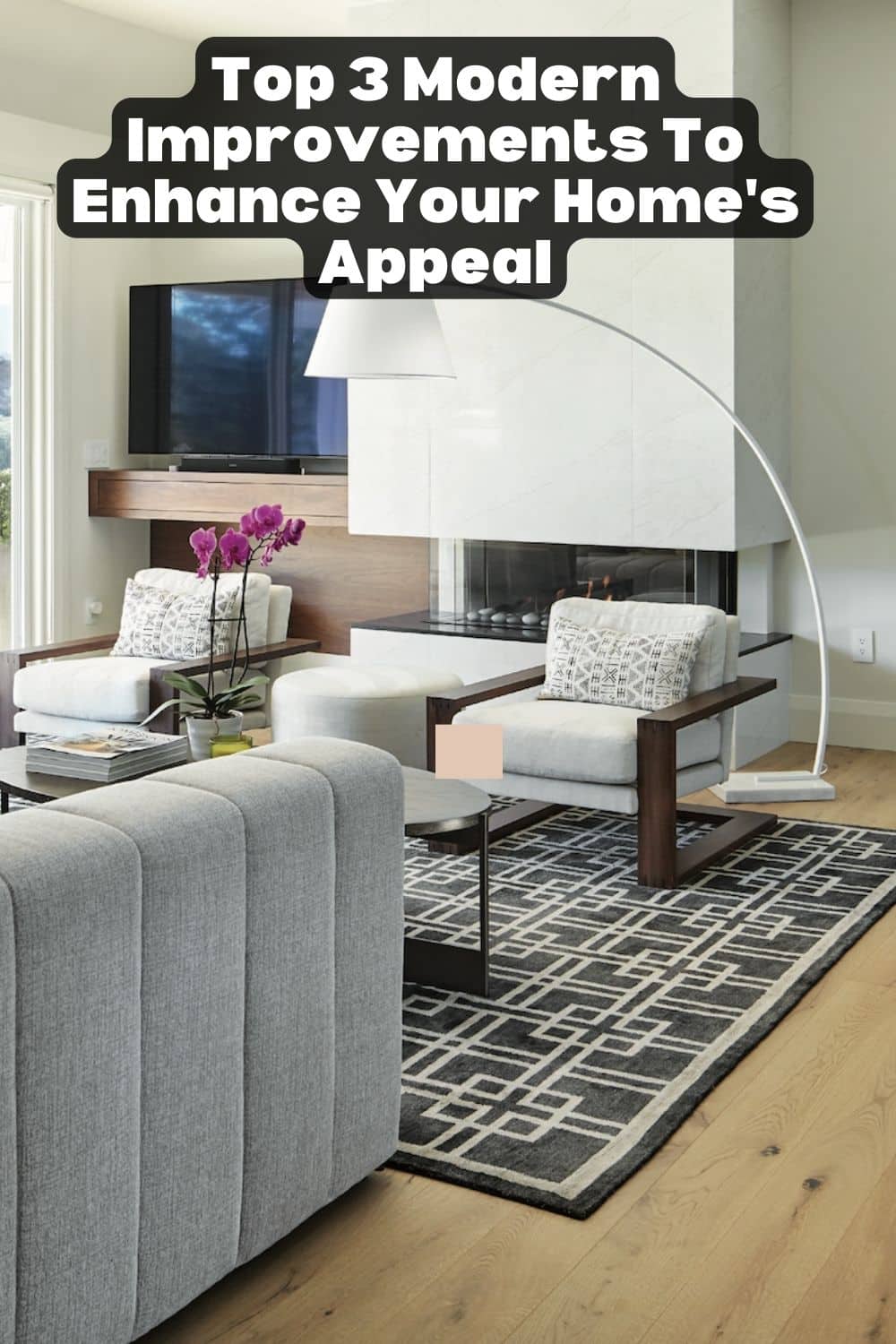The world has changed a lot in the past decade. The effects of climate change are becoming more and more apparent, and it’s time we start taking action to make our planet greener again.
If you’re looking to build a new home, there are many ways to make it environmentally friendly. With the right design and construction decisions, your new home will be kind to the planet and cost-effective over time. In this post, we’ll look at some essential steps involved in building an environmentally friendly home.
What Is An Eco Home?
An eco-home is a home that has been designed with sustainability in mind. It helps reduce the impact of climate change by reducing energy use and water consumption, reducing harmful waste, and protecting local ecosystems.
What Standards Can Eco Homes Be Built To?
Eco homes can be built to several different standards, depending on the type of property and the desired level of sustainability. One of the most popular standards for environmentally friendly homes is Passivhaus. The basic idea of a Passivhaus If you’re looking to build your dream home, one of the most important things to consider is energy efficiency. One way to make a home more environmentally friendly is by building it according to the Passivhaus standard for energy efficiency. Passivhaus is an international building standard that aims to reduce the energy needed for heating and cooling. To achieve this goal, a Passivhaus home must meet strict requirements in terms of insulation, air-tightness, and surface heat loss. The intention behind Passivhaus is to minimize the environmental impact and carbon footprint caused by high levels of energy consumption. Before construction begins, it’s essential to conduct property surveys, such as land, tree, and wildlife surveys. Each of these three types of surveys will provide valuable information about the area you want to build on. This will help you decide what materials to use for your home and whether or not you need to take additional steps to make it environmentally friendly. Conducting surveys ahead of time can help you establish a good location for your home. It will also ensure that there are no surprises later on. For example, make sure you conduct a bat survey to learn about their location and population size in the area. Bats are important for pest control as well as pollination. Surveys can help you determine where bats roost during the day so that you can avoid those areas when building your new home. Additionally, a bat surveyor can help you understand what you need to do if you need to create relocation habitats for the bats on your land to ensure they are protected. For more information on bat surveys, head over to Arbtech and check out the expert advice on what you need to do before you build as well as how to organize a bat survey for your property. Another type of survey is a tree survey which will help you know what types of trees grow naturally in the area. Tree surveys will help you determine how much space around your planned construction site should be left untouched for the future growth of trees or natural regeneration. This may seem like an insignificant detail now. Still, it’s something to think about if you want to keep your new home environmentally friendly years down the line. When designing an environmentally friendly home, it’s essential to understand natural ventilation concepts. A well-designed home will have windows and doors open inwards to take advantage of natural airflow. You’ll also need to design your house with a high ceiling and a large, open-plan layout to allow this type of ventilation. In Terra Bloom, you can choose the products for proper ventilation. A good architect will help you design a home that’s cost-effective and environmentally friendly; an architect can be especially helpful if you’re not sure about the best ways to build an ecologically friendly home. When looking for an architect, make sure they use sustainable materials like wood from certified sources and clay tiles. Also, ask them about their energy-saving measures and how they reduce waste during construction. If you’re looking to build an environmentally friendly home, you’ll need a specialist builder. This is someone who has experience building green homes and is knowledgeable about sustainable design and construction. A professional will be able to help you choose suitable materials for your new house, like bricks made from recycled materials instead of concrete or insulation made from renewable resources. They can also help you plan out the best layouts to ensure efficient use of space while still being kind to the environment. A specialist builder will likely charge more than a standard builder. Still, they can also offer many other benefits that make them worth it. It’s important to remember that these homes are less costly over time since they use less energy and water. One of the first things you’ll notice is that eco homes are quieter. Eco homes are designed to minimize noise and limit the amount of sound leakage through walls, floors, and windows. You’ll also notice that eco homes are cooler in summer and warmer in winter. This is because insulation, double-glazing, heat-recovery ventilation, and other features work to regulate temperature year-round. You may even see fewer bugs because there are fewer gaps for them to enter your home. The design of eco-homes also means you can use less energy to heat or cool your home. The way you build your home can significantly impact the environment: from cutting down on your carbon footprint to having a positive effect on your health. It’s never been more important to think about how you build your home. With so many options available, it’s easier than ever to create an eco-friendly property that suits your needs and lifestyle.
What Is Passivhaus?

Conducting Surveys Before You Build: Land, Tree, And Wildlife Surveys.
Is An Architect Essential?
Do I Need A Specialist Builder?
What’s It Like To Live In An Eco Home?
Conclusion





Leave a Reply